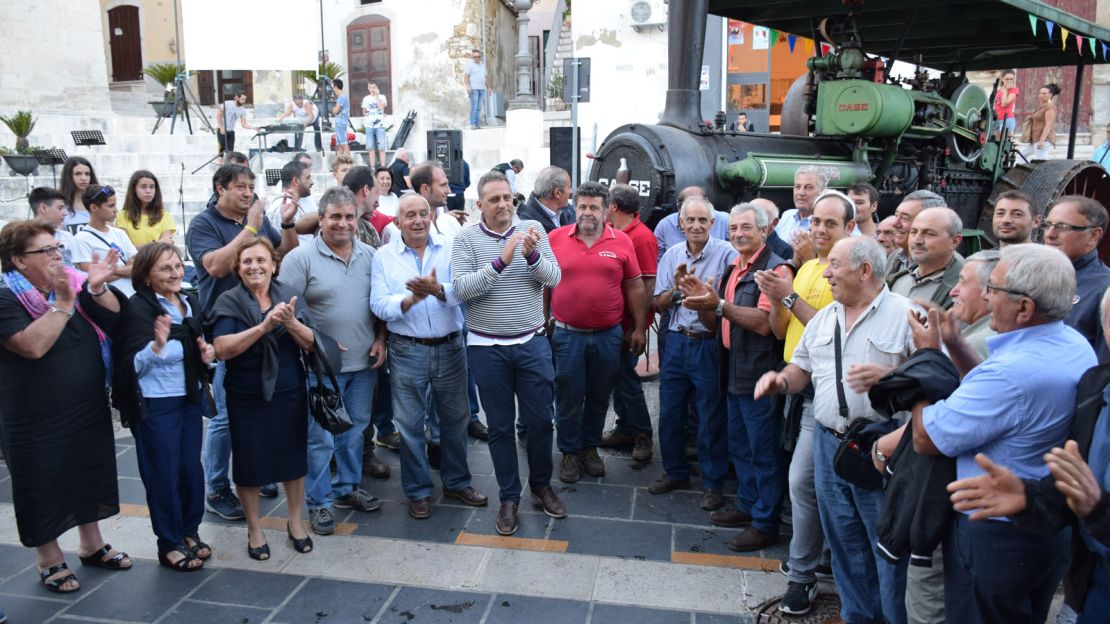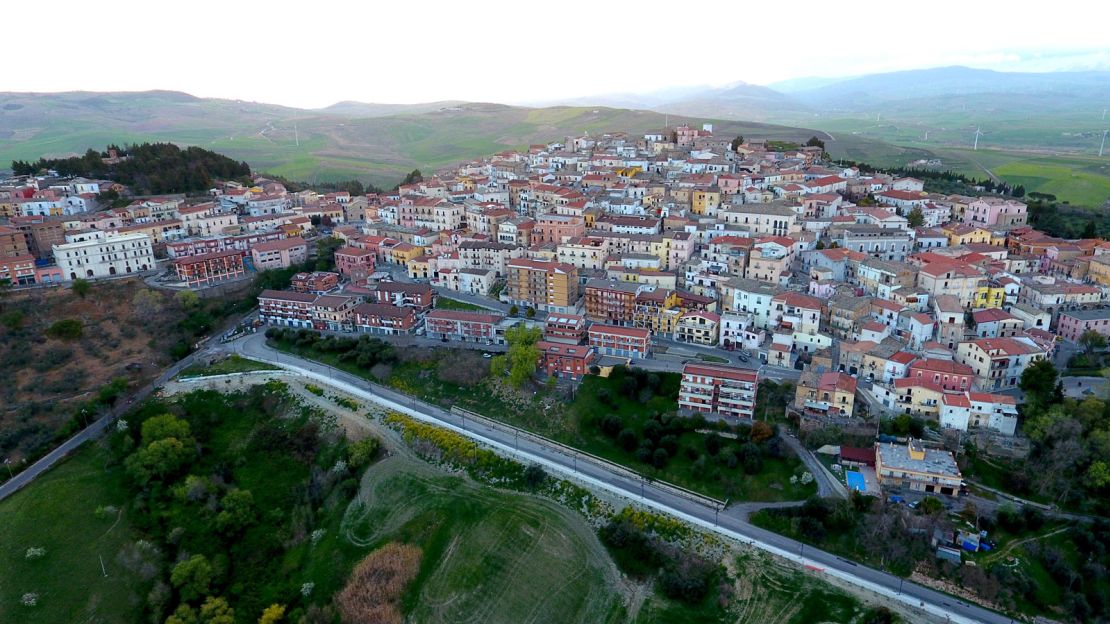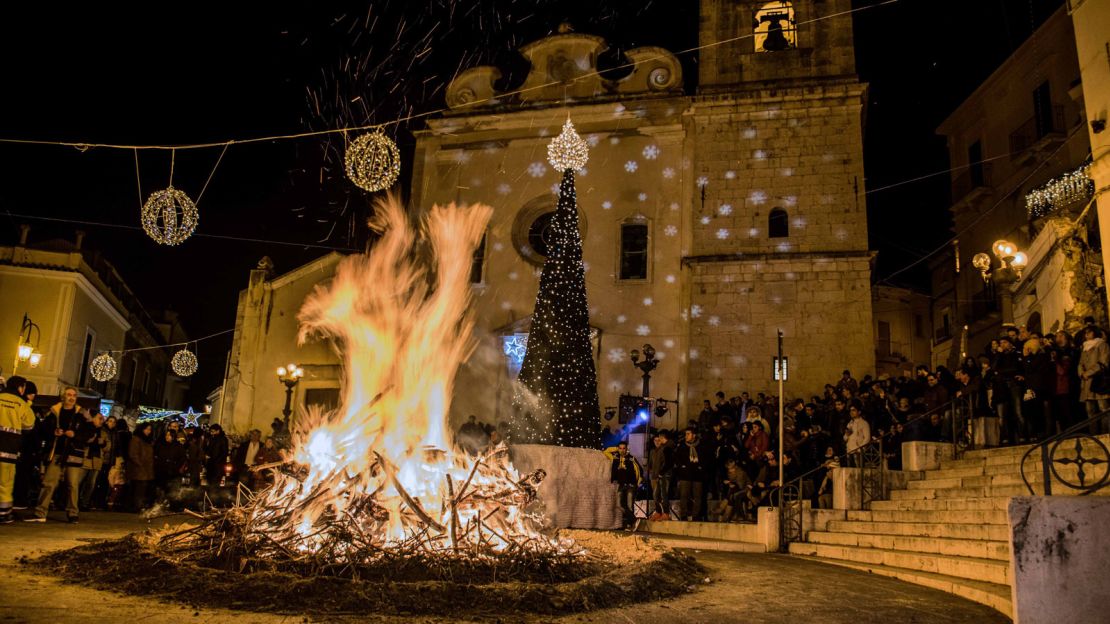The mayor of the Italian town of Candela has come up with a practical solution to boost its dwindling population: paying people to become residents.
Nicola Gatta wants the small medieval town in Puglia to shine like it did in the 1990s, when more than 8,000 people lived there. Today, there are just 2,700 residents.
So, to recover the town’s lost grandeur, Mayor Gatta is offering up to 2,000 euros ($2,350) to encourage people to relocate.
“Little Naples”
“I work each day with passion and commitment to bring Candela back to its ancient splendor,” says Gatta. “Up until the 1960s, travelers called it ‘Nap’licchie’ (Little Naples), for it streets full of wayfarers, tourists, merchants and screaming vendors.”
These days, the Neapolitan buzz has been replaced by the silence of the surrounding green hills and pristine forests.
The churches that stand at each street corner fill up only to celebrate the very few births that occur here, or the many funerals for elderly residents.
This maze of winding picturesque alleys, Baroque buildings and arched passageways is at risk of turning into a ghost town. Most young people have fled in search of a brighter future elsewhere, leaving behind the elders.
However, Gatta is on a desperate crusade to save Candela from dying out.
There are dozens of dazzling white houses with panoramic terraces and ornate balconies standing empty, waiting to welcome new residents.
Special criteria

To lure newcomers – including foreigners – Gatta’s council has opened up its coffers in the hope of boosting the town’s appeal.
“This is how it works: 800 euros for singles, 1,200 euros for couples, 1,500 to 1,800 euros for three-member families, and over 2,000 euros for families of four to five people,” explains Stefano Bascianelli, the mayor’s right-hand man.
Tax credits on city waste disposal, bills and nurseries could also be offered.
There are three main requirements to receive the cash: New residents must take up residency in Candela, rent a house and have a job with a salary of at least 7,500 euros per year.
“We don’t want people flocking here thinking they get to live off the town hall’s revenues, all new residents must work and have an income,” says Bascianelli.
Six families from northern Italy have already settled in and another five have applied to move.
The local school janitor used the bonus to have his family join him in Candela. Other new residents have opened a news stand.
“It’s a quiet and simple lifestyle. No crowds, easy to move around, no traffic nor smog,” says photographer Francesco Delvecchio, who moved to Candela from another part of Puglia.
Although he didn’t benefit from the bonus, he’s since become something of an ambassador for the town’s winning assets.
“We’re right at the crossroads of three gorgeous Italian regions: Campania, Basilicata and Molise, with all the wonders each offers at hand.”
Candela natives are open and welcoming, happy to rub shoulders with the few newcomers living in town.
Some of Puglia’s top beaches are just an hour drive away from the town, while the “Trasonna,” a 35-centimeter-wide alley has turned into a tourist attraction.
Proud locals claim it’s the most narrow alley in Italy.
Plus points

“Life quality rocks here. We haven’t had one crime in 20 years,” boasts Bascianelli.
The town has been given an expensive makeover, and is looking shiny and new. Restyled old palazzos, streets and piazzas are now open for guided tours.
Public money is used to fund folkloric costume parties, spectacular bonfires and festivals in order to reclaim ancient traditions and myths.
Each year, a colorful infiorata (flower art festival) takes place, with artists creating carpets of flower petal puzzles that cover the pavements.
Candela lies at the heart of what is known as “Italy’s barn” and the Grain Festival brings back the lost world of farming and agriculture through parades of tractors and plowing machines.
Meanwhile, new residents can take part in a fascinating one-week horseback tour along the wild Tratturo Regio route connecting Candela to the coastal town of Pescasseroli in Abruzzo, where livestock were moved from high to low lands as the seasons changed.
There are also plans to open a toy museum and a showroom of medieval dresses.
Winter wonderland

Gatta’s most notable innovation is the glittering House of Santa Claus, which tells the story of the inspiration for the Christmas legend, Saint Nicholas, whose remains are thought to be entombed in the nearby town of Bari.
He pays actors dressed as Santa Claus and his elves to take over a three-story building dating back to the 1600s for an entire month – much to the joy of local children.
“During summer, it’s easy to have occasional tourists stop by, but during winters it’s dead. We want an extraordinary event that can lure people even with the cold and snow,” says Bascianelli.
Each floor has colorful bedrooms with soft mattresses and bright lights where Santa sleeps and greets kids bringing him letters. There’s a huge workshop where the elves make toys.
Sparkling Christmas trees, stuffed reindeer and sleds are everywhere, as is the whiff of freshly baked biscuits and the sound of festive hymns.
Foodie heaven
Candela’s food is also one of its highlights, and the town hosts Taste Candela, a food and wine-tasting tour that unwinds through the historical center every summer.
Each stop features local delicacies like sausages, creamy burrata cheese panini and bruschetta with olive oil.
The most delicious fair is the Sagra dell’Orecchietta, celebrating Puglia’s renowned handmade, earshaped short pasta. While it is traditionally made with turnip greens, here it’s served with game ragù of wild boar, hare or pheasant.
“It’s the best way to savour orecchiette: the ragù perfectly sticks to the pasta’s rough surface and does not drip,” says Delvecchio.
Other top specialties include gourmet snails called ciammaruche and tender asparagus.
Sound like a town you’d like to live in?
Apply now, before the mayor runs out of cash.
Silvia Marchetti is a Rome-based freelance reporter. She writes about finance, economics, travel and culture for a wide range of media including MNI News, Newsweek and The Guardian.















